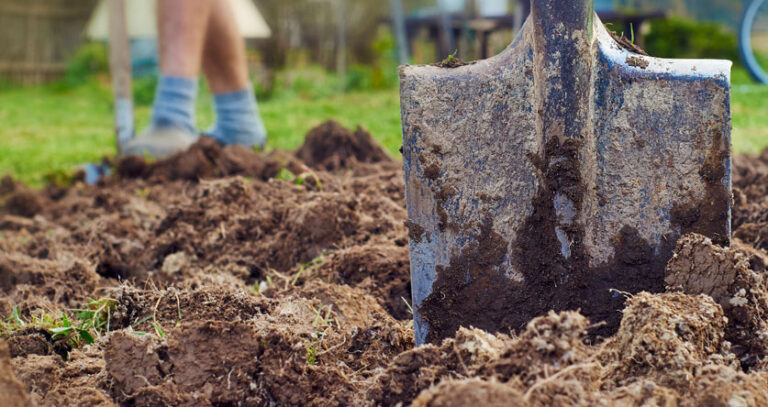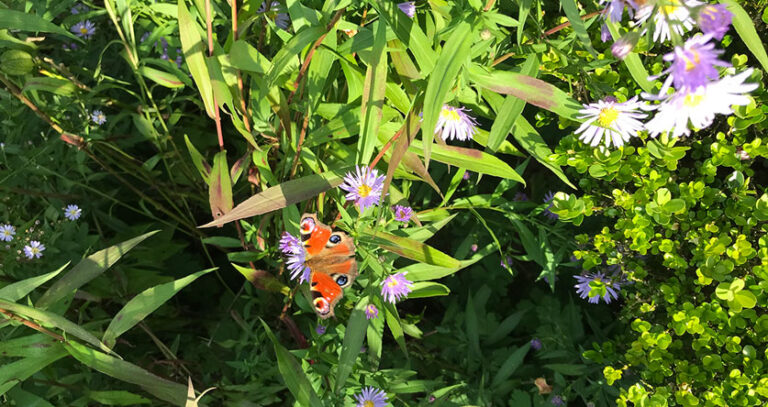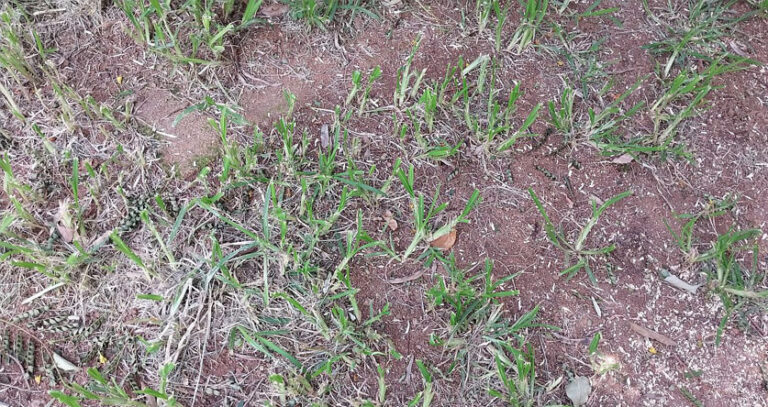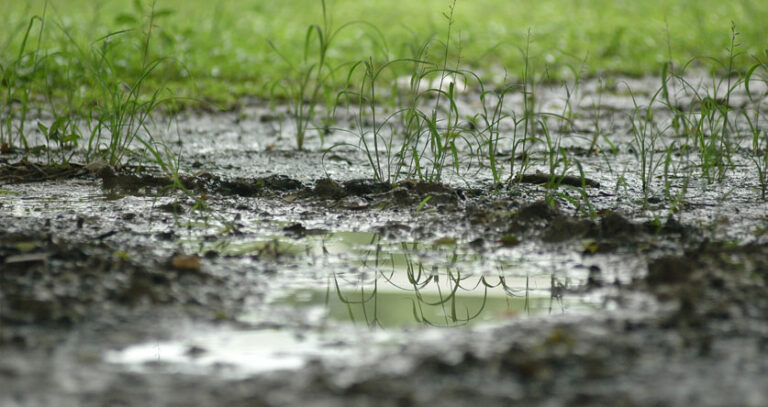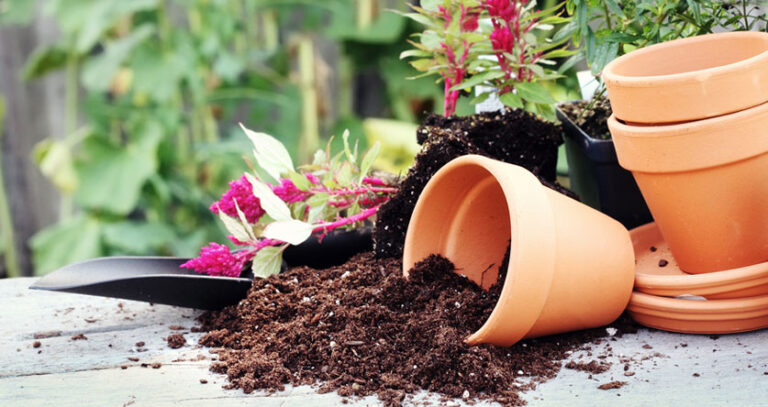Are Dead Leaves Good For Soil? (Things You Need To Know!)
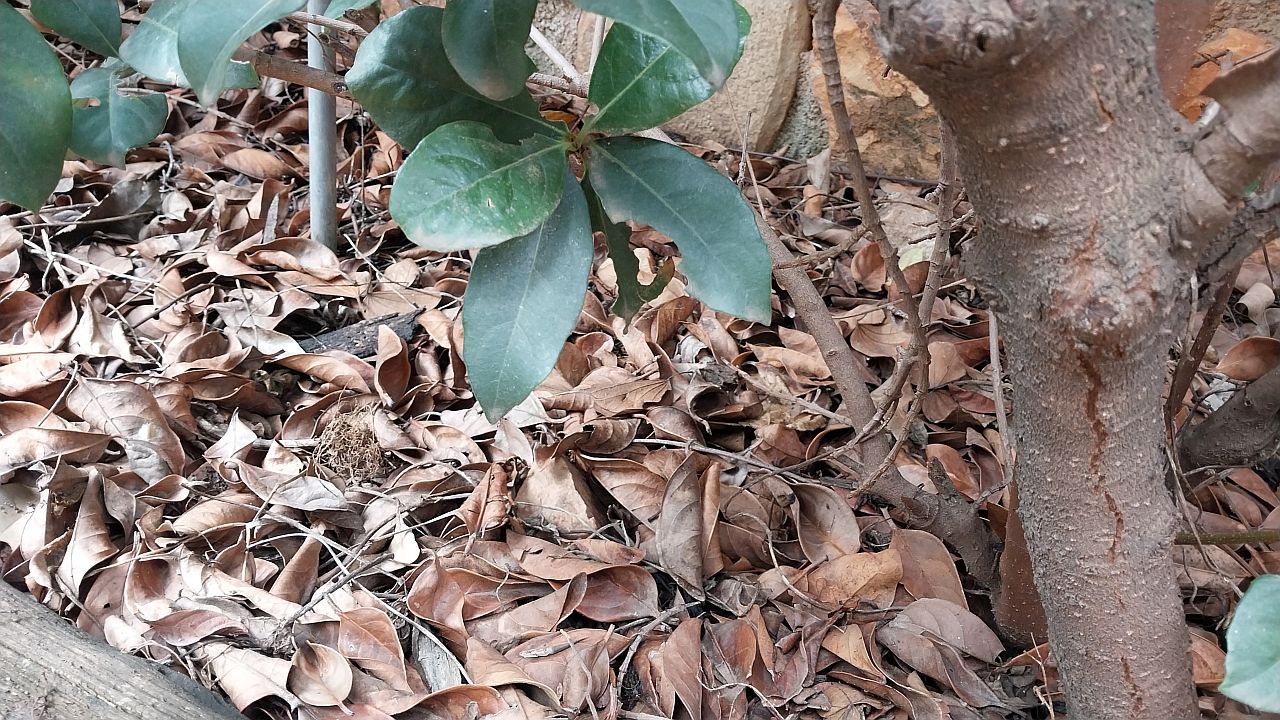
Jumping into a massive pile of dead leaves was something I looked forward to every fall when I was a kid 🙂
But as an adult, I started dreading that leaf mountain. What once invited me to play became a slog.
That was until I discovered how good leaves are for my garden. Then I didn’t mind raking them up because I knew I’d get a healthier garden in return for my hard work.
As the owner of an enormous, beautiful oak tree that drops thousands of leaves come fall, I’ve found several ways to put dead leaves to good use in my garden soil. Maybe I’ll give you a few ideas for what to do with your leaf mountain!
Read on…
Are Dead Leaves Good For Soil
Dead leaves are good for soil for 5 reasons:
- Reason #1: They enrich the soil with organic matter.
- Reason #2: They add nutrients to the ground.
- Reason #3: They help the soil retain moisture.
- Reason #4: They keep the soil warm or cool.
- Reason #5: They prevent soil erosion.
Adding Dead Leaves To Garden Soil
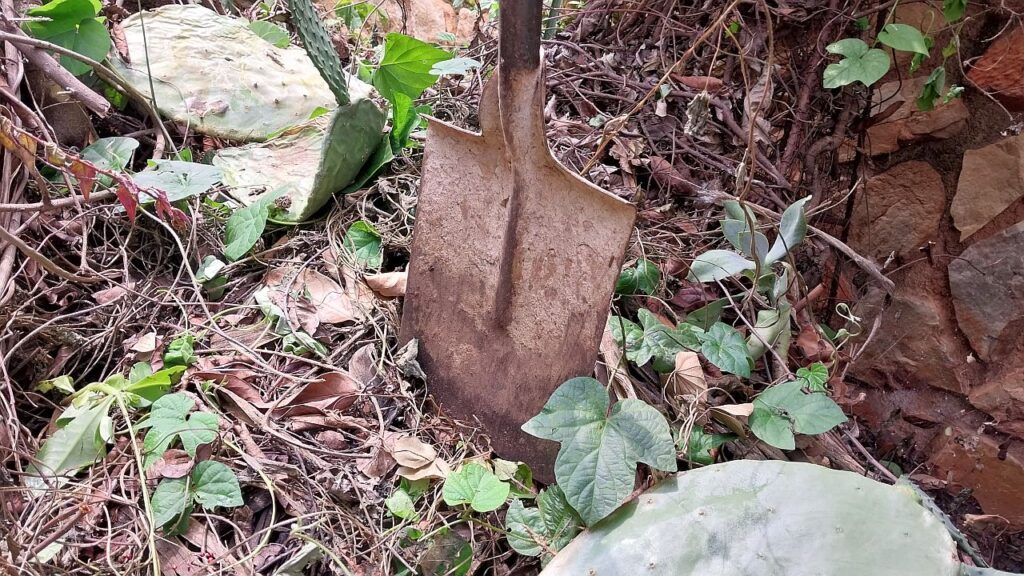
I use dead leaves in various ways to improve my soil’s condition.
I work most of the leaves straight into my garden, veggie, and flowerbed soils in the fall (more on this later).
Another way I like to use dead leaves is as mulch. First, I shred them, then add a layer (about 2 to 3 inches thick) to my veggie garden and flowerbeds and a thicker layer (3 to 6 inches or so) around my trees and shrubs.
Shredded leaf mulch will decompose quicker! As they break down, they will release nutrients into the soil. However, I recommend you only add dead leaves to beds that you are preparing for the next growing season. Any carbon-rich organic matter added to the soil can create nitrogen deficiency in plants. This is because the microbes responsible for rotting material use up nitrogen during decomposition. Then, after a while, they release nitrogen and other nutrients back into the soil.
When there’s a light scattering of leaves on the lawn, I’ll just mow over them and leave them there to enrich the soil below the grass. If you want to try this, make sure the bits of leaves have fallen between the grass blades instead of smothering them. You should hardly be able to see them on the lawn (spread them around thinly with a rake if necessary).
Oh, and it’s so handy having dry leaves to add to my compost! (The soil will have to wait a bit for its food.) Dry leaves are carbon-rich brown organic waste, which balances green waste like fresh grass clippings and fruit and veg scraps.
Having a stock of dead leaves when other brown materials are scarce is incredibly handy. In the fall, I keep them for later use. Read this article to find out how to store leaves for compost.
One thing you shouldn’t do is leave heaps of leaves covering plants. Your plants won’t get enough air or light under all those leaves! Clear away or thin out leaf layers thicker than 8 inches.
So, to sum up, some of the best ideas for using dead leaves for your soil include:
- Digging them into the soil
- Using them as mulch
- Top dressing lawn with shredded leaves
- Compost leaves and add them to the earth later
Do Dead Leaves Enrich Soil?
Yes, dead leaves enrich the soil with organic matter. Organic matter improves airflow in the ground, helps it retain the water it needs, and drains any excess. It does this partly because leaves have a good structure. As a result, they enhance the texture of the soil, creating pore spaces for air circulation and moisture deposits, and helping to drain excess water.
Dead leaves also give the soil slow-release, plant-friendly nutrients, mainly carbon. As the leaves decompose in the soil, these nutrients become available to plant roots.
Plus, dead leaves make the soil enticing to helpful microorganisms and insects 🙂
Do Dead Leaves Act As Fertilizers?
Although dead leaves boost soil fertility, they can’t rival fertilizer for correcting nutrient deficiencies.
Dead leaves supply only small amounts of nutrients and release them slowly. Therefore, nutrient-starved soil that needs fast-acting treatment will be better nourished by fertilizer than by dead leaves.
Can You Bury Leaves In Soil?
Burying leaves in the soil is a surefire way to make it healthier.
I usually turn the top 8 to 10 inches of soil with a garden fork, then work in (or bury) a layer of shredded leaves about 4 inches thick. I do this in the fall, so the leaves have broken down, and the soil is ready for planting by springtime!
Mixing Leaves Into Clay Soil
Heavy clay soils lack air and quickly become waterlogged. Working dead leaves into these soils can fix both problems in one go by improving airflow and drainage. The hard carbon fabric of dead leaves adds much-needed structure to clay soil.
Are Dead Leaves Good For Potted Plants
Dead leaves can protect your potted plants during the chilly months.
Build a wire fence around your plants and put enough dead leaves inside to make your plants nice and snug. Then, when the weather warms, remove the fence and remove the leaves.
If you want to add dead leaves to potted plants, shred them first into smaller pieces and leave them to compost (this is known as leaf mold). They will add valuable microorganisms and slow-release nutrients to your potted plants. As well as improving soil structure. However, only add a small amount. Remember, using too many dead leaves can create a nitrogen-depleted environment for your plants.


